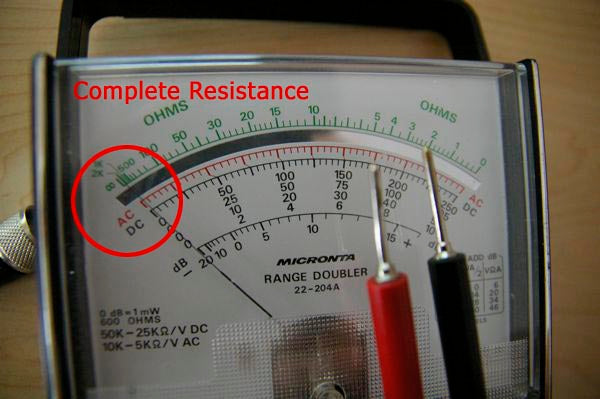For many of the troubleshooting exercises we discuss, you'll need to be familiar with the concept of resistance. Resistance, symbolized by the (Ω) symbol and measured in Ohms, is a measurement of how well a current can travel through a circuit or a given path. A circuit with no resistance (0) would indicate a complete circuit, or one that has no short. A circuit with total resistance would indicate a completely open circuit -- one through which no current was able to pass.
When troubleshooting CB issues, being able to measure resistance (or the lack thereof) allows us to determine if there are any shorts in our wiring, with the antenna and with our ground. Without understanding and being able to measure a circuit's resistance, it will be impossible to troubleshoot many CB issues that may arise.
In order to measure resistance, you'll need a multimeter. Multimeters are used to measure a number of electrical components including resistance, voltage and amperage. We strongly recommend buying a basic multimeter if you don't own one already, as they are very affordable and invaluable in troubleshooting a wide variety of automotive and electrical problems. A basic analog multimeter is pictured below.
Image 1 - A Basic Analog Multimeter


Two individual probes are used when testing circuits with the multimeter. As you can see below in Image 2, when the probes are seperated, the circuit is completely open, which is indicated by the reading of infinite resistance, or Ohms, on the multimeter scale.
Image 2 - An Open Circuit


When the probes are touched together, the circuit is closed and the multimeter indicates this with the needle swinging to the other end of the scale to indicate near 0 resistance, as seen in Image 3.
Image 3 - A Closed Circuit


Each multimeter will be a little different, so it's best to consult the instructions that came with the meter on setting it up correctly, setting sensitivity and taking measurements. Once the meter is set up, the process of testing for resistance is very straightforward.






